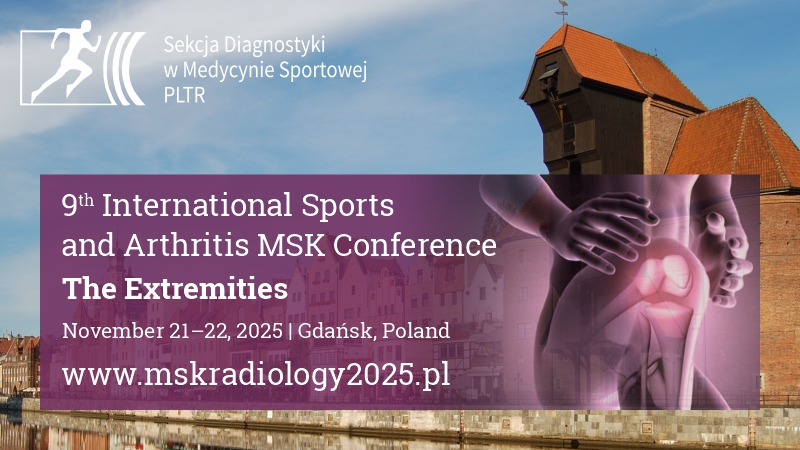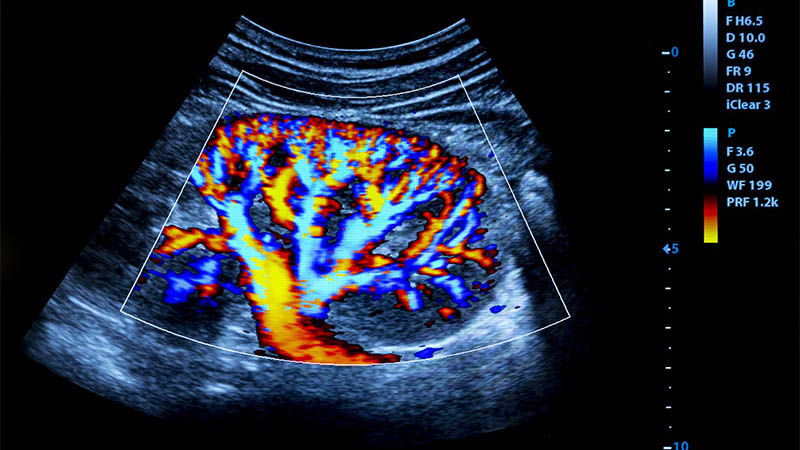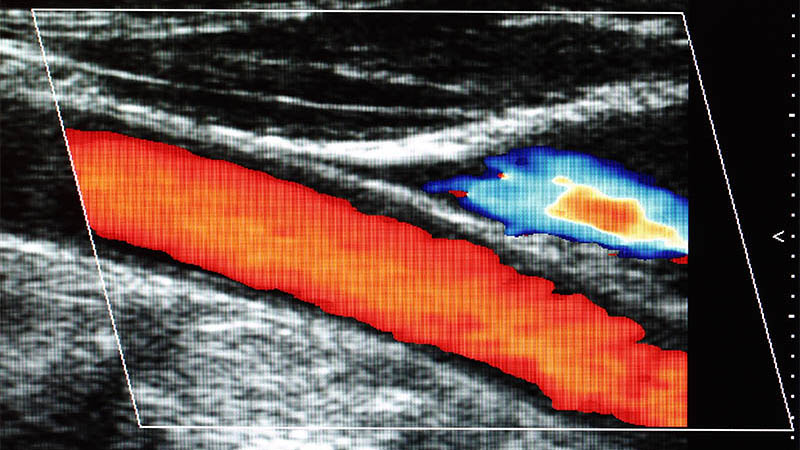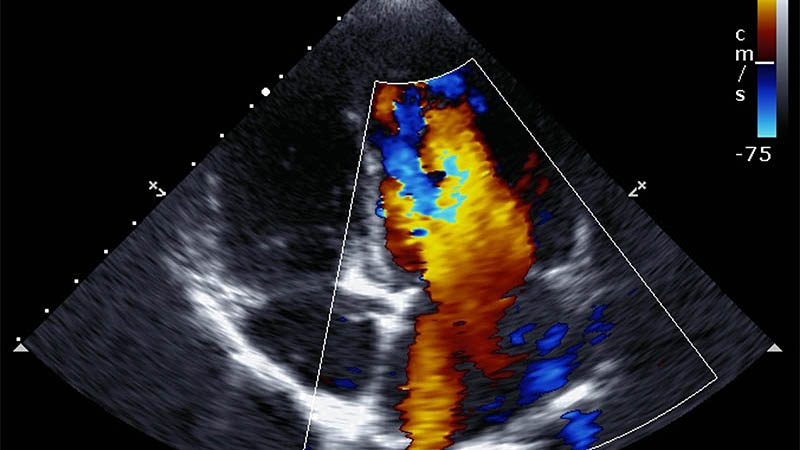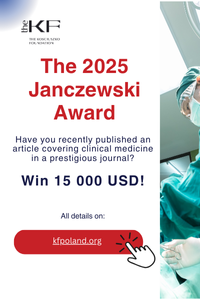“Journal of Ultrasonography” gets an IF!!
Transesophageal echocardiography in the imaging of spinal cord structures – a systematic review of the literature
Martyna Mendrala, Sylweriusz Kosiński, Tomasz Darocha, Paweł Podsiadło, Tomasz Czober, Konrad Mendrala
J Ultrason 2025; 25: 28
Mucinous adenocarcinoma of the prostate: a rare tumor − case report and literature review
Manuela Montatore, Laura Eusebi, Federica Masino, Marina Balbino, Giuseppe Guglielmi
J Ultrason 2025; 25: 27
3D ultrasound of fetal congenital heart disease: findings from virtual and physical models
Caroline Oliveira Nieblas, Edward Araujo Júnior, Nathalie Jeanne Magioli Bravo-Valenzuela, Marcela Castro Giffoni, Maria Fátima Pereira Leite, Heron Werner
J Ultrason 2025; 25: 26
Anatomical variations of the cervical vagus nerve on ultrasonography: a cross-sectional study
Sukhmani Randhawa, Kunwar Pal Singh, Arvinder Singh, Pooja Pal, Sukhdeep Kaur
J Ultrason 2025; 25: 25
Standardized bilateral thoracic ultrasound image comparison as a tool for the diagnosis of pneumothorax: a pilot exploratory study
Guido Levi, Chiara Rocchetti, Riccardo Maria Inciardi, Michela Bezzi, Laura Pini, Claudio Tantucci, Giampietro Marchetti
J Ultrason 2025; 25: 24
Differentiation of triple-negative breast cancer and benign breast lesions using multiparametric ultrasonography
Magdalena Gumowska, Katarzyna Sylwia Dobruch-Sobczak
J Ultrason 2025; 25: 23
Application of artificial intelligence in the ultrasonographic diagnosis of thyroid nodules
Agnieszka Żyłka, Mariusz Rafało, Marek Dedecjus, Katarzyna Sylwia Dobruch-Sobczak
Ultrason 2025; 25: 22
Ultrasound-guided intercostal nerve blocks for acute zoster pain: a retrospective, propensity score-matched, non-inferiority study
Wenxing Zhao, Liangliang He, Li Yue, Hong Yue, Liqiang Yang
J Ultrason 2025; 25: 21



